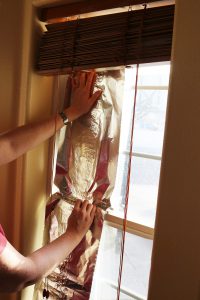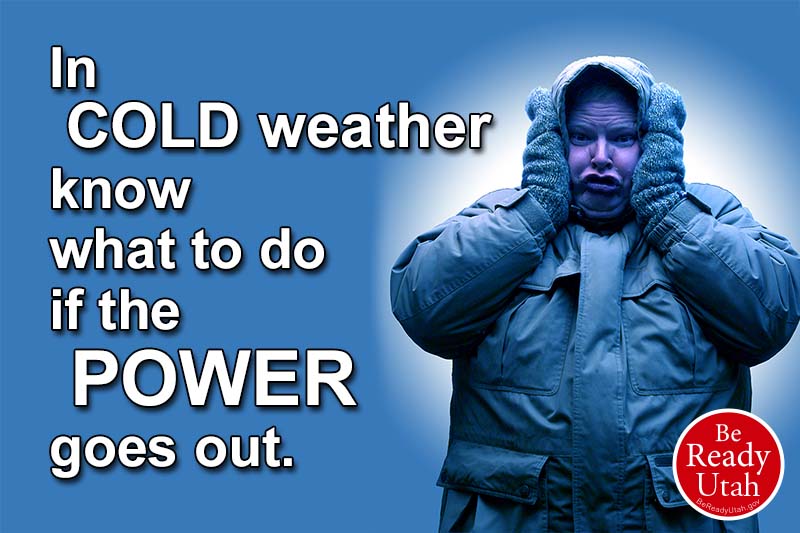Sheltering at Home in the Heat
HEADLINE! Heat Wave Knocks Out All City Utilities!
So…whaddya DO?
Just as in all preparedness plans, it is important to make your preparations before the emergency happens. Make your home ready for hot weather emergencies by applying the science concepts from the Sheltering, Clothing, and Fire page.
- Before the emergency, install an adequate number of attic vents to allow accumulated heat to be dispelled from your home. Additionally, have energy rated and UV protective windows installed. These measures will lower your utilities bills and help your home be cooler when the power is out.
- During the heat wave emergency, look for and create cool rooms. Choose rooms of the house as designated cool rooms where everyone will spend most of their time. This saves on any limited resources you may have during the emergency situation.
- Select rooms on the lowest level of the house. Since heat rises, these will be the coolest rooms. Following this principle, sleep with your
 mattress directly on the floor to be cooler by a few more degrees than you would be otherwise a few feet higher on the bed frame.
mattress directly on the floor to be cooler by a few more degrees than you would be otherwise a few feet higher on the bed frame. - Select rooms with only north-facing windows. This will block the heat and light from the southern sun during the day and still allow for outside cool air at night. Cover all windows, especially south and west-facing, with aluminum foil or Mylar blankets. Apply foil or Mylar directly to the windows, eliminating as much air between them as possible. This not only blocks the light and heat of the sun, but reflects it away, preventing the heating up of inside air.
- Keep all doors and windows closed during the day to keep out hot air, and then open upper level windows at night to let accumulated heat escape.
- In dry climates, in addition to foil or Mylar, promote evaporation by hanging wet blankets or sheets in front of windows and doors. As the moisture evaporates from the blankets, it creates a cooling effect. Hospitals often do this during heat waves to keep their bed-ridden patients cool. In extreme heat, sleeping in wet sheets and clothing can also help keep you cool. Unfortunately, this does not work well in areas of high humidity where the surrounding air is already saturated with moisture, hampering evaporation.
- Be sure to limit your activities during the hottest part of the day. Use caution when exerting yourself especially in high humidity areas where sweating does little to cool you down.
- Staying hydrated is important to help your body maintain its own cooling system. Have plenty of stored water on hand to maintain your level of hydration.
- If you have to cook to prepare your meals, which is a distinct possibility if the power is out and the freezer starts to defrost, cook outdoors to keep the heat out of the house.
Sheltering at Home in the Cold
HEADLINE! Cold Snap Freezes All City Utilities!
So…whaddya DO?
Click Here

